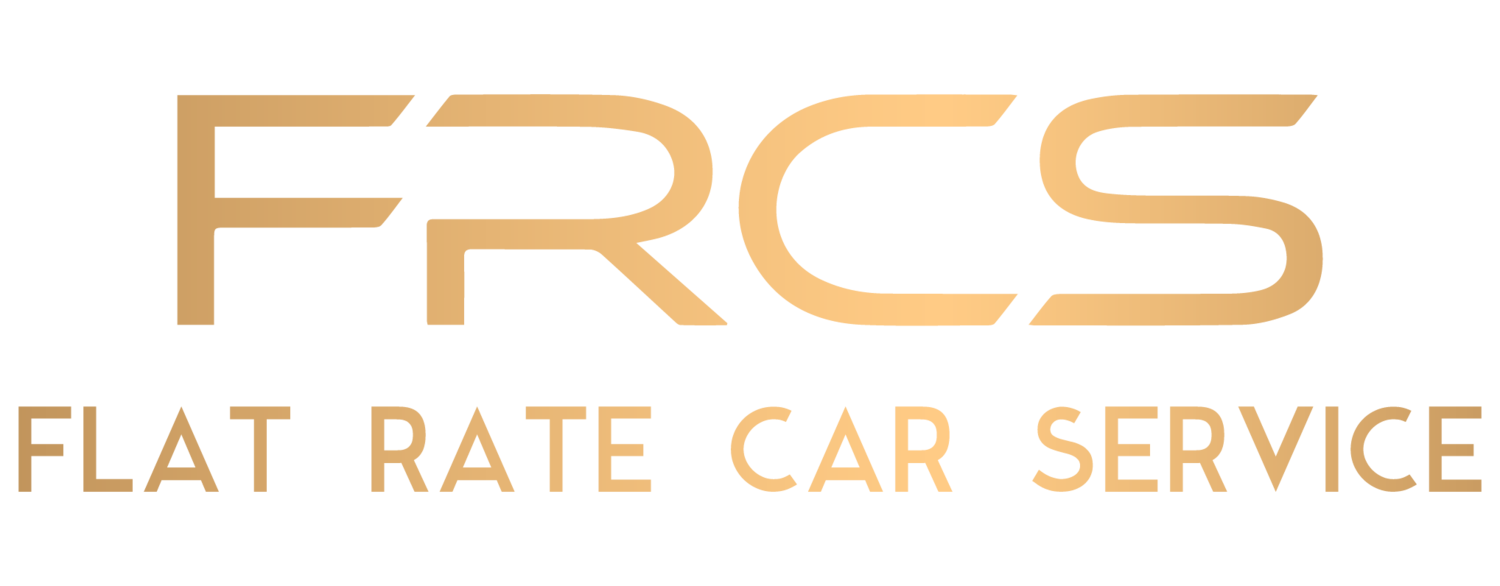Los Angeles International Airport (LAX)
Today, LAX is one of the biggest international airports in the US and the rest of the world. It’s well known everywhere we could ask, both in and out of the US. We can say that it’s a celebrated airport anywhere. Even with the detractors, its massive numbers in terms of traffic don’t lie: the LAX is the 5th busiest airport in the world and the 2th in the US, handling almost 90 million passengers in 2017.
Without a doubt, this is a world-class, referential port for travelers from east to west. Located 18 miles away from Downtown Los Angeles, today it serves as the main airport for the city, replacing the role of many, older airports in the region. LAX is also a favorite among airlines, as the active hubs may suggest.
In this article, we want to talk a little bit about the Los Angeles International Airport, sharing a part of its interesting history and explaining how it became one of the leading airports in the world, an institution that continues expanding and growing to this day.
The Beginnings
As many airports in the US, LAX was born as a private initiative. William W. Mines was a real estate agent who heavily influenced the deal that transformed crop fields in Westchester, LA, into the first airstrip. Because of him, the airport began its operations with his own name on the original title.
The deal was conceived in 1928 and the Mines Field was born. Then, the historic Hangar No. 1 opened its doors a year later, which is considered as a key moment of American commercial aviation. In 1937, the city purchased the private-owned airport and changed its name to Los Angeles Airport and Los Angeles International Airport during the subsequent years.
Developments Over the Decades
During the following decades, the Los Angeles International Airport continued to grow thanks to the boom of the US economy, international tourism, and increasing interest by important airlines which chose the LAX as their hub.
Even companies as Boeing decided to use the LAX as a support for their marketing actions. A good example is Boeing’s visit to the airport in 1956, during which the famous 367-80 landed. A year later, it was public knowledge that this airport offered up to 66 weekdays departures from a wide array of airline companies as PanAm, American Airlines, United Airlines, Scandinavian Airlines, and many others.
In 1958, the considered "Jet Age" was evident and influential, pushing airports to renew their infrastructure’s designs and ways to operate. Many plans to redesign the airport took place, as the one developed by the famous architecture firm, Pereira & Luckman.
Later, in 1981, the Summer Olympics led a multimillion expansion on the airport in order to operate properly under the heavy traffic that was expected. The $700 million invested in this expansion phase made possible the construction of new terminals: Terminal 1 and the Tom Bradley International Terminal.
The Bottom Line
The non-stop growth of the LAX impulsed a comprehensive expansion plan that continues up to this date. International incoming traffic isn’t expected to stop any time soon; all the opposite. Therefore, the Los Angeles International Airport is acting accordingly.
This is an airport worth visiting and the best way to do so is by enjoying the best transport means possible. So, once you step down the airplane, you must rely on the very best transportation services possible. That’s why today we offer you our experienced help in limo & car services from the LAX to any location in Los Angeles and vice versa.
If you are visiting Los Angeles through the LAX or going to catch a flight at this world-class airport, give us a call. Our experienced team of high-end chauffers will be ready to help and provide you with the service you deserve to move around the city.

